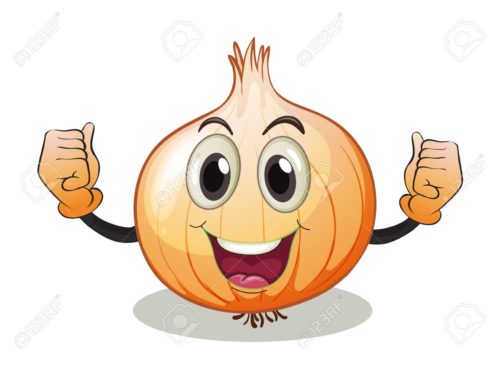
Every student studying GCSE Literature must get to grips with an unseen poem … fast!
On first reading, you find yourself in a dark room full of mystery trying to make sense of where you are..
As you read line by line again, you glean chinks of light – and if lucky, key techniques flash before your eyes like neon lights. Suddenly, you GET IT!
However, for most GCSE students, unseen poetry is feared as it’s drummed into you from year 6 that you have to analyse a poem – not just write about what it says.
So, how do you do that? What are the secrets to unearthing the hidden meanings behind unseen poetry? Let’s find out.
Unseen Poetry is Like an Onion
Eh?! Weird, we know – but think of it this way. An onion comprises of layers.
- The top brown layer is its fragile, papery surface. It’s like the first information you get about a poem. Who’s written it, who is in it, what happens, what’s it about.
- Peel that off, and you get to several layers that (when you cut into them) they make your eyes water. Much like a poem with strong techniques/lines/structural elements that are designed to make you react or feel emotion.
- Finally, you cut down to the core – the centre of the onion. The core has intense flavour equating to the strong message or meaning the writer is sharing. This means what is the writer really saying about something…
Try Re-framing What a Poem is
Despite the myth that unseen poetry is designed to TORMENT students (we… jest!), actually a poem could be seen as:
- A snapshot of life
- A captured memory
- A big picture condensed into a small space
- Thoughts about religion, war, culture, society, the world
- A story about being human or inhuman
- An art gallery with pictures
- A way to trigger emotion, and share something that matters
Unseen poetry is all about understanding the explicit – what the writer says on the surface, and the implicit – what the use of metaphors, symbolism and imagery etc is really implying.
How to Start Navigating a Poem…
- THE TITLE. What could its significance be. Does it have a double meaning? What connotations are implied by the titles before reading and after?
- LOOK FOR PATTERNS. Annotate. Compare the start, middle and end. What’s changed? Tone? If a dramatic monologue (sharing an experience in the speaker’s life), sniff out the emotion. Strong verbs, structure, repetition, repeated motifs, use of contrast etc can all point to hidden emotion.
- PICK UNUSUAL IDEAS to analyse. Poets always tell a story using vivid senses from sights and sounds to sensation. War poetry is especially littered with powerful techniques to bring the experience to life. Interesting techniques have impact. Examiners always want you to comment on the effect. In the quotes you find, pick out the strongest word that does something. Explore alternative interpretations.
English Tutors Available Now
Analysing unseen poetry well and then comparing it to another is a key skill to achieving great grades in GCSE English Literature.
If your teen struggles with this, and feels totally in the dark, we have a talented team of experienced tutors who can help them find the way forward.
Getting in touch is easy. Click here to find out all our contact deets.
*Image courtesy of www dot 123rf.com
Tags: effects, examiners, hidden meanings, lines, message, poetry techniques, structure


